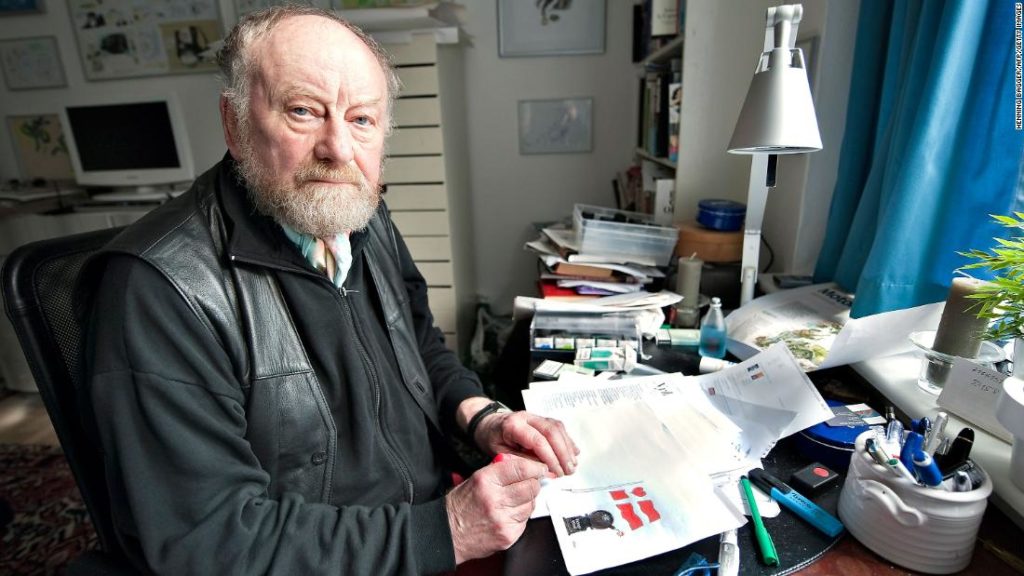Danish newspaper Berlingske reported Westergaard’s death on Sunday, citing information from his family. The cartoonist died following a long illness, according to the report.
Westergaard’s caricature of Mohammed was first published by Danish newspaper Morgenavisen Jyllands-Posten in September 2005. Several newspapers reprinted the images in early 2006 as part of a debate over free speech, sparking an uproar among Muslims and a boycott of Danish goods and the closure of several Danish embassies in predominantly Muslim countries.
At the time, Westergaard said he wanted his cartoon to say that some people exploited the prophet to legitimize terrorism. However, some Muslims believe the Quran forbids showing an image of the prophet, and many in the Muslim world interpreted the drawing as depicting their prophet as a terrorist.
“I want to be remembered as the one who struck a blow for freedom of speech,” Westergaard said in a quote published by Berlingske. “But there is no doubt that there is someone who will instead remember me as the Satan who insulted the religion of a billion people.”
Westergaard lived under police protection in the last years of his life and Danish authorities arrested a number of people linked to alleged plots against his life.
Westergaard and his wife, Gitte, had five children, 10 grandchildren and one great-grandchild, according to the Berlingske report.
You may also like
-
Afghanistan: Civilian casualties hit record high amid US withdrawal, UN says
-
How Taiwan is trying to defend against a cyber ‘World War III’
-
Pandemic travel news this week: Quarantine escapes and airplane disguises
-
Why would anyone trust Brexit Britain again?
-
Black fungus: A second crisis is killing survivors of India’s worst Covid wave

